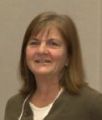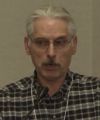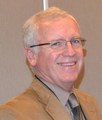YOUTUBE VIDEO: “Learn from the past, gain an understanding of tools to help guide new development and new processes for a future for streams, salmon and stewards,” stated Zo Ann Morten in her co-keynote call to action at the Nanaimo Water Stewardship Symposium

“Each of us has helped to make change and pave the way for more people to join in, and for more people to be asked for their input and to have something worth saying,” stated Zo Ann Morten. “For those of us who started out ‘to save the world’, well it has been a tough slog, and we aren’t there as yet. But we can take pride in being in a better state then if we had all stayed home and ate bonbons on the couch. Ah, the hard work of hope! We do have the pieces to do better to embrace a water-first approach.










